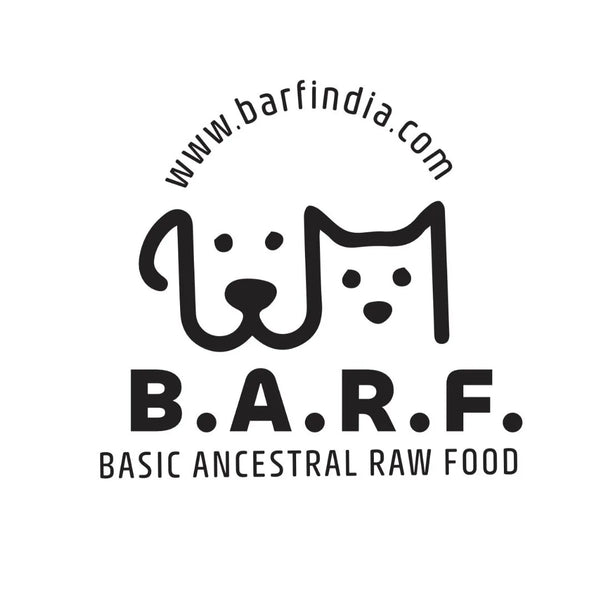How important is moisture in your dog’s food?
On a scale of convenience and affordability, dry food beats wet food any day. There is no mess, it is easy to measure and you can leave it lying around uneaten for hours without it going bad. And pound per pound is cheaper and is more energy-packed than wet food. This is because dry food is about 10% water, while wet food – canned or fresh –is about 75% water.
And this is the topic for today’s article. How important is moisture in your dog’s food?
Why moisture in your dog's food?
In order to digest their food properly, animals, especially mammals, need to get a certain amount of moisture in. In the wild, the animal gets it through the food mostly. But pets fed on an exclusive diet of kibble don’t get enough moisture and the body compensates by drawing moisture from the tissues and using that to help in the digestion of each dry meal. This puts a lot of stress on the liver as well as the kidneys and can lead to health complications in digestion, elimination, urination, kidneys, respiration, skin, blood pressure, cholesterol, joints, and PH balance.
To reduce this imbalance, you will notice pets drinking lots of water after every meal. But drinking excessive water isn’t the solution. If anything, this leads to a different set of problems. This can put a lot of undue stress on the dog’s organs. This is particularly bad if the dog suffers from any age-related or congenital problems as the organs are already struggling with a kibble diet that makes it exceedingly difficult to get proteins and nutrients from.

Dry food can lead to urinary problems since it is low in moisture in the dog's food
If your dog is prone to urinary tract infections or kidney stones, dry food is a bad bet. Many pets (especially cats) have displayed the long-term effects of being fed an exclusive kibble diet, which includes urinary and kidney disorders. Due to its lack of moisture, dry food puts more strain on the kidneys and causes the urine to become more concentrated. This can lead to an increase in infections when compared with a dog whose diet is more moisture-laden. The extra moisture helps the kidneys flush out toxins better and prevents chronic dehydration. If you wish to maintain a better overall urinary tract and kidney health in your dog, it makes sense to transition to and stay with a moisture-rich diet. Another solid reason to have moisture in your dog's food.

Pellets can swell in the stomach
When kibble pellets come in contact with moisture, they swell up to several times their original size. If this happens when the food is still in the GI tract or stomach, it vastly increases the risk of bloat or gastric torsion in certain dogs. If yours is a larger, barrel-chested dog, it can be a potentially fatal medical emergency too. On the other, foods that have high moisture content do not swell up in the stomach, making these the better diet option for bloat-prone breeds.
What really is kibble made of?
Since kibble is just a uniform, homogenous product, it is difficult to identify what it is made of. Most brands use a substantial amount of carbohydrate or starch as the ‘glue’, necessary to give the pellet its shape and form. These refined carbohydrates in dry food diets have been shown to lead to increasing incidences of pet obesity, diabetes, and irritable bowel.
Proponents of raw, dehydrated, and/or home-cooked meals believe that feeding your dog kibble for all meals is like us humans surviving on fast food for the rest of our lives. And that is why moisture in your dog's food is important.
Switch to biologically appropriate food
If your dog has been fed on kibble all along, perhaps you’d want to consider a biologically appropriate diet. These foods have naturally high moisture content, and they more closely resemble the diet that nature intended canines to eat. A dog’s natural diet is about 70% water. A biologically appropriate diet is able to supplement the right amount of moisture found in a wild or ancestral diet.
But what about costs?
Agreed, biologically appropriate food, whether canned or dehydrated, is often a costlier alternative to kibble. But when you consider the long term health benefits of a natural diet, the savings show up in reduced vet bills, justifying making the switch.
Home-made diets are a great alternative to readymade biologically appropriate food, but it can be quite time-consuming to prepare this daily. It takes a lot of effort to source and plan meals in order to ensure your dog gets all the necessary nutrients over time.
Have you given thought to BARF – Basic Ancestral Raw Food?
The best way to ensure your dog gets the right amount of moisture is to feed it a
balanced, species-appropriate food. And the best option is raw. There feeding them a natural diet with moisture in your dog's food.
Raw food is a natural food and it contains the amount of moisture that your dog would get in the wild, as nature intended him to.
You can make your own raw food in the right proportion, or you can buy commercially prepared raw food for your dog.
We believe that pet food choices should focus more on what’s right for the animal and less about what’s convenient or easy for the owner. And a key element in what’s better for the pet can be something as plain as moisture.



